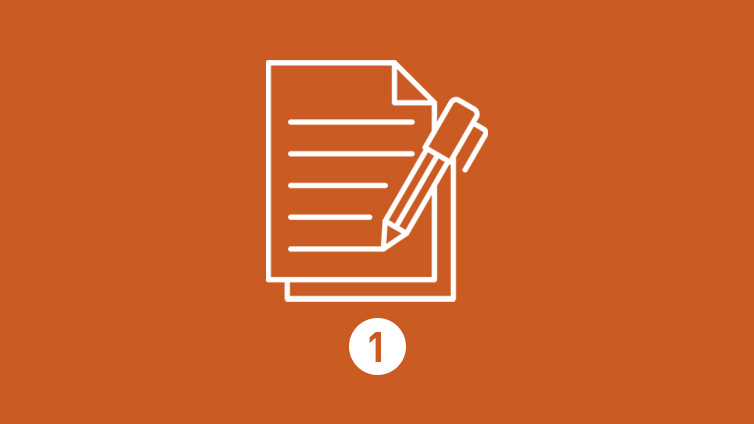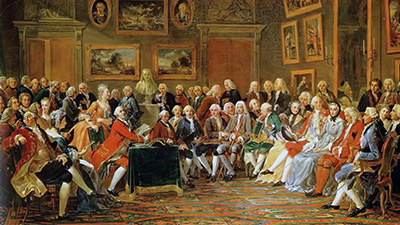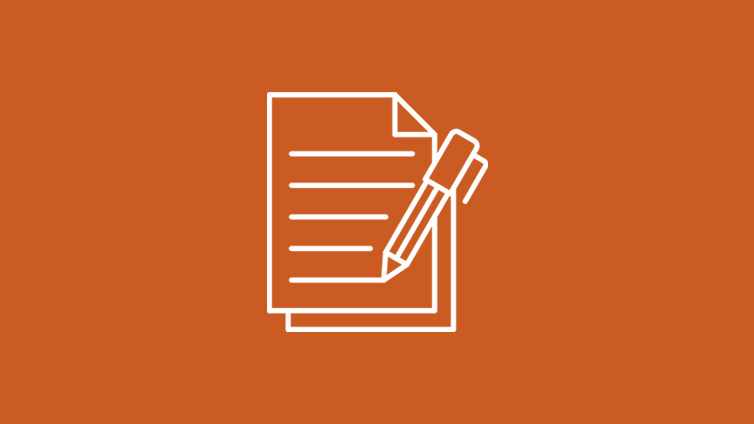The Long Nineteenth Century
Teacher Resources
Driving Question: What were the engines of change that created our modern world?
The changes people experienced during the “long nineteenth century” led to the creation of our modern world. Why did the world transform during this long century? How did people respond to these monumental changes? This overview lesson gets you ready for the fast-moving origin story of modern life.
Learning Objectives:
- Analyze the roles sovereignty, individualism, and equality played in political revolutions.
- Use the course frames to evaluate how revolutions reshaped human communities in the long nineteenth century.
Vocab Terms:
- capitalism
- colonialism
- industrialization
- liberal
- reform
- revolution
- sovereignty
Opener: The Long Nineteenth Century
To teach this lesson step, refer to page 2 of the Lesson 7.1 Teaching Guide.
Start by reflecting on the big ideas that shaped the long nineteenth century. This warm-up will help you think about the forces that drove global change.
Looking Ahead
To teach this lesson step, refer to page 3 of the Lesson 7.1 Teaching Guide.
Check out our Writing Guide to learn more about the importance of informal writing in the course.
Agree or disagree? Evaluate some statements before you dive into Unit 7—then see how accurate you were when you get to the end of the unit.
The Long Nineteenth Century
To teach this lesson step, refer to page 3 of the Lesson 7.1 Teaching Guide.
Looking for more reading supports for your students? Find some ideas in the OER Project Reading Guide.
Get a big-picture view of the changes that defined the long nineteenth century. In this video and article, you'll explore how revolutions, industrialization, and empire shaped the modern world—and start to identify the major engines of change.
-
Guiding Questions
-
Before you watch
Preview the questions below, and then review the transcript.
While you watch
Look for answers to these questions:
- How did political revolutions influence fashion during the long nineteenth century?
- In what ways did Enlightenment ideas inspire revolution?
- Which revolution was considered most successful, and what were its limits?
- How did the Industrial Revolution affect how clothing was made and worn?
- How was fashion used to resist colonial rule and support suffrage movements?
After you watch
Respond to this question: How does your clothing reflect your beliefs and causes?
Key Ideas
-
Guiding Questions
-
Before you read
Preview the questions below, and then skim the article. Be sure to look at the section headings and any images.
While you read
Look for answers to these questions:
- Why is the long nineteenth century treated as a distinct period in this course?
- What ideas motivated the liberal and national revolutions during this era?
- What major discovery helped launch the Industrial Revolution?
- How did industrialization contribute to the spread of imperialism?
- How did people respond to the rapid changes happening during this time?
After you read
Respond to this question: Which of the four major forces—revolution, industrialization, imperialism, or resistance—do you think most shaped the modern world, and why?
Framing Unit 7
To teach this lesson step, refer to page 5 of the Lesson 7.1 Teaching Guide.
How do you “draw the frames”? Go the community forum to see how other teachers approach this repeated activity.
History is full of change, and how we understand that change depends on the frame we use. This video and activity will help us use the course frames to evaluate the causes and effects of political and national revolutions during the long nineteenth century.
-
Guiding Questions
-
Before you watch
Preview the questions below, and then review the transcript.
While you watch
Look for answers to these questions:
- What is a revolution, and how is the term used in history?
- What major changes took place in communities during this period?
- How did networks of communication and exchange expand in this era?
- What transformations occurred in how goods were produced and distributed?
After you watch
Respond to this question: What evidence suggests the long nineteenth century should not be seen only as a time of progress?
Key Ideas
Closer: The Long Nineteenth Century
To teach this lesson step, refer to page 6 of the Lesson 7.1 Teaching Guide.
How transformational was the long nineteenth century? Reflect on what you learned in this lesson and consider what changed, and what stayed the same.
Reviewing for Organization and Language/Style
To teach this lesson step, refer to page 6 of the Lesson 7.1 Teaching Guide.
By suggesting revisions to someone else’s writing, you’ll get much better at identifying what makes strong writing. Make suggestions for improving organization and language/style—and then keep those suggestions in mind the next time you write.






